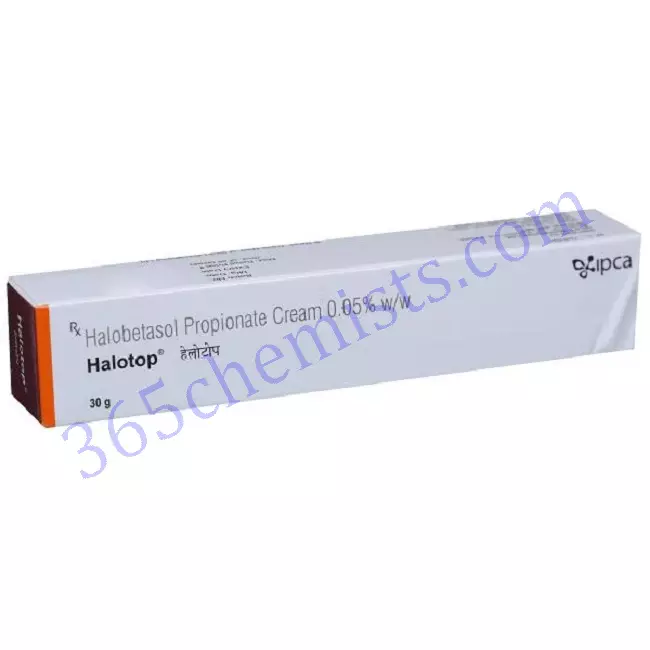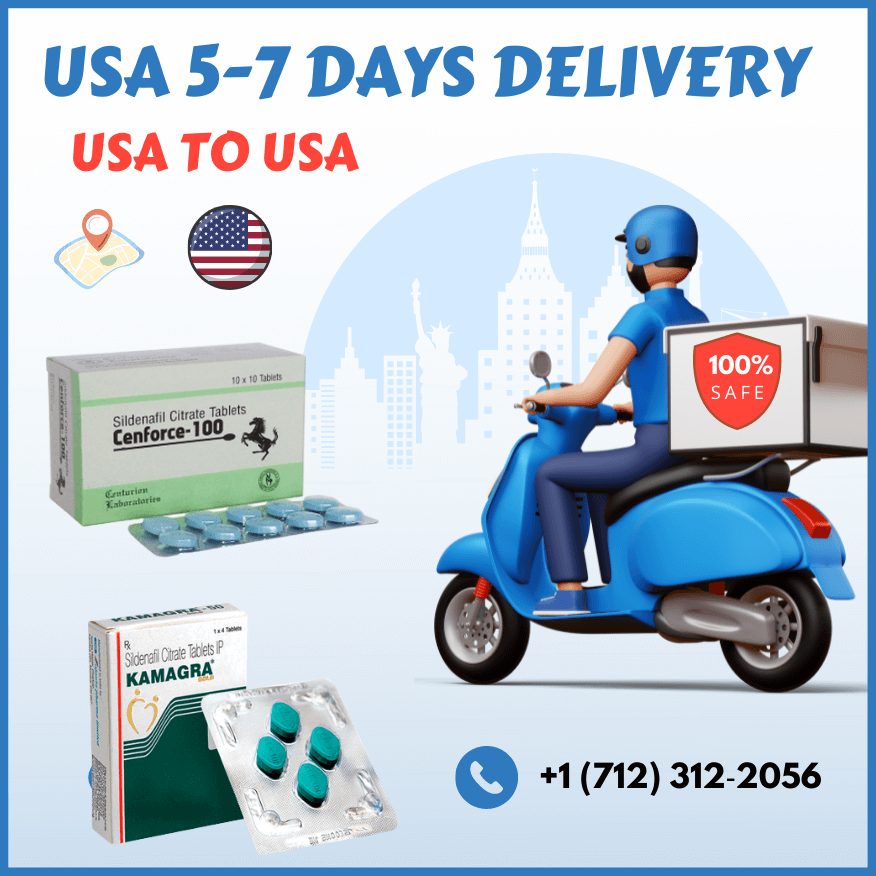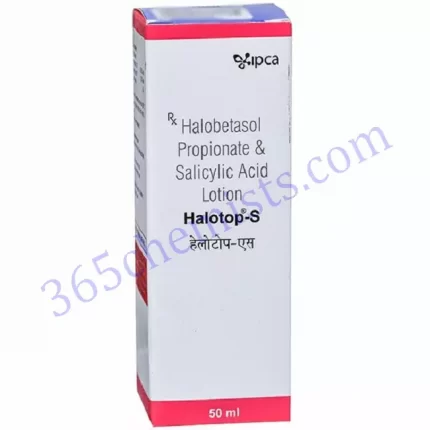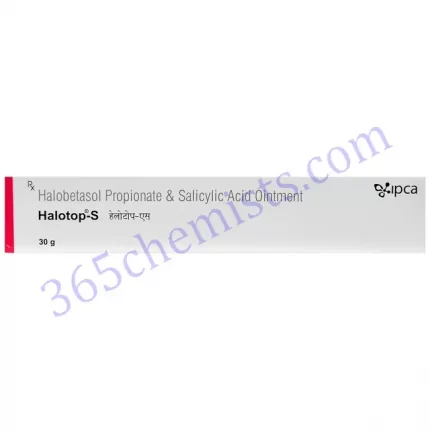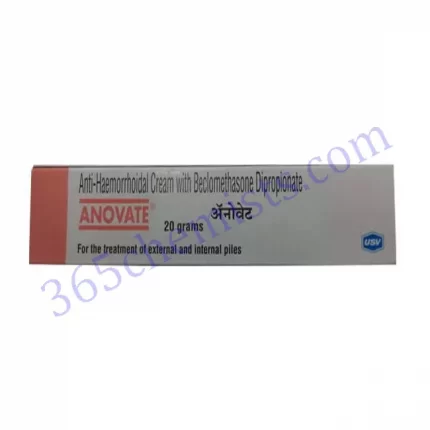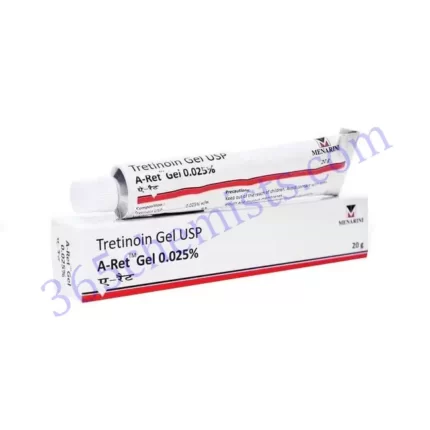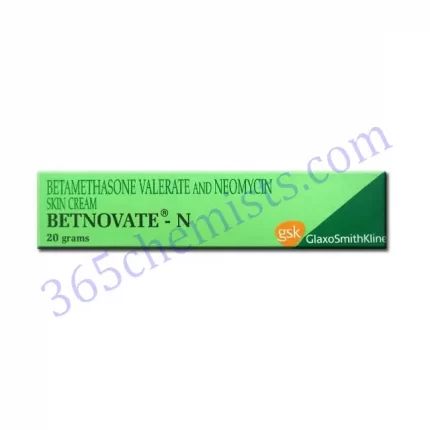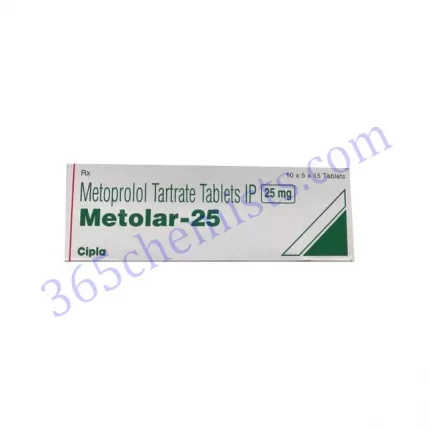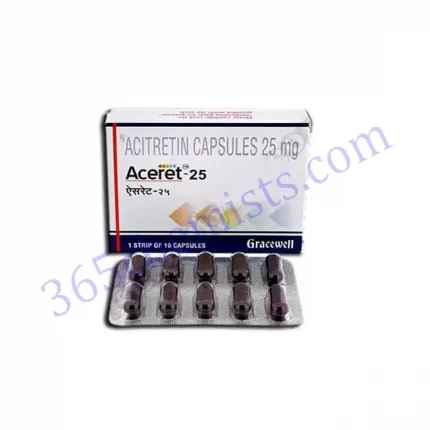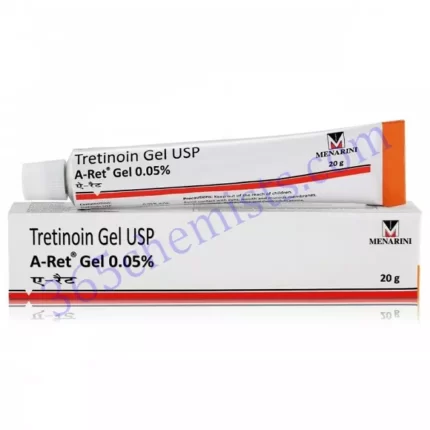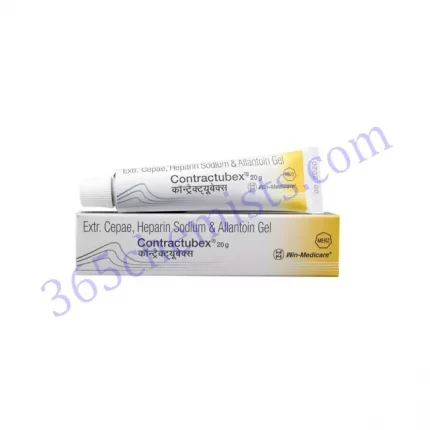Halotop 0.05% Cream (Halobetasol):
The active component of the topical medication known as Halotop 0.05% Cream is halobetasol. Halotop 0.05% Cream can be purchased here. It is primarily employed in the treatment of a wide variety of skin conditions that are characterised by inflammation, itching, and redness and belongs to the class of medications known as high-potency corticosteroids. In the following paragraphs, we will provide a comprehensive overview of Halotop 0.05% Cream, covering topics such as its applications, modes of action, dosage, potential adverse effects, and safety considerations.
Uses of Halotop 0.05% Cream
It is recommended to use Halotop 0.05% Cream for the relief of inflammatory and pruritic (itchy) manifestations of corticosteroid-responsive dermatoses like eczema and psoriasis. Psoriasis, eczema, dermatitis, and other inflammatory skin disorders are some of the conditions that it is commonly prescribed to treat. The symptoms associated with these conditions can be alleviated with the help of Halotop 0.05% Cream. This cream works by alleviating itching, reducing inflammation, and promoting the healing of affected areas of the skin.
Related Product
Halotop Lotion
Halotop 0.05% Cream
Halotop S Lotion 50ml
Halotop S Ointment
Mechanism of Action
The active component in Halotop 0.05% Cream, halobetasol, is responsible for its effects, and it does so via a variety of different mechanisms. It does this by binding to glucocorticoid receptors that are already present in the skin cells, which results in the activation of genes that fight inflammation and the suppression of mediators that promote inflammation. As a consequence, the inflammation, itching, and redness that are typically associated with different skin disorders are alleviated. In addition, Halobetasol has vasoconstrictive properties, which help to alleviate swelling and improve the appearance of affected skin areas. These benefits are a direct result of the vasoconstrictive properties of Halobetasol.
Dosage and Administration
It is possible for the recommended amount of Halotop 0.05% Cream to change depending on the severity of the skin condition as well as the response of the individual patient to treatment. It is imperative that you follow the instructions that have been provided to you by your healthcare provider or the information that is on the label of your prescription. In most cases, the affected area (or areas) should have a single application of a very thin layer of the cream once per day. It is imperative that you refrain from applying the cream to areas of the body where it is not specifically instructed to be applied, such as the face, groyne, or underarms, especially if your skin is broken or infected. In order to achieve the outcomes you want with Halotop 0.05% Cream, apply it for the shortest amount of time required.
Side Effects
Halotop 0.05% Cream, like any other medication, has the potential to cause adverse effects in some people. Skin irritation, burning, stinging, dryness, redness, and itchiness are common adverse effects that can occur at the site of application. These adverse effects are typically mild and fleeting in nature. However, it is imperative that you seek medical attention if they continue or become even worse. When used for an extended period of time or applied to large areas of the body, Halotop 0.05% Cream may increase the risk of systemic absorption as well as the risk of systemic side effects such as adrenal suppression, Cushing’s syndrome, and skin thinning. It is absolutely necessary to use the cream in the manner that your doctor or other healthcare provider instructs you to use it.
Precautions
Before beginning treatment with Halotop 0.05% Cream, it is essential to discuss any pre-existing medical conditions, allergies, or medications you are presently taking with your primary care physician or another qualified healthcare professional. Because the face, groyne, and underarms are areas that are more prone to skin thinning and other adverse effects, it is essential to refrain from applying this cream to these areas unless specifically instructed to do so by your healthcare provider. It is not recommended to apply Halotop 0.05% Cream to any open wounds, skin that is currently infected, or skin that is experiencing certain conditions such as acne or rosacea. It is recommended that you avoid using Halotop 0.05% Cream for an extended period of time, and that you maintain regular follow-up appointments with your healthcare provider in order to monitor the body’s reaction to treatment.
Conclusion
A number of inflammatory and itchy skin conditions can be remedied with the application of a topical medication called Halotop 0.05% Cream, which contains the active ingredient halobetasol. It helps improve the symptoms of affected skin areas by reducing inflammation, relieving itching, and promoting healing. This helps improve the overall appearance of the skin. It is essential to take the medication in the correct quantity, to refrain from applying it to certain areas, and to be aware of the potential risks that come with using it for an extended period of time. When applied correctly, Halotop 0.05% Cream has the potential to be an effective treatment option for people who suffer from inflammatory skin disorders. This cream has the ability to alleviate patients’ symptoms and boost their overall quality of life.

